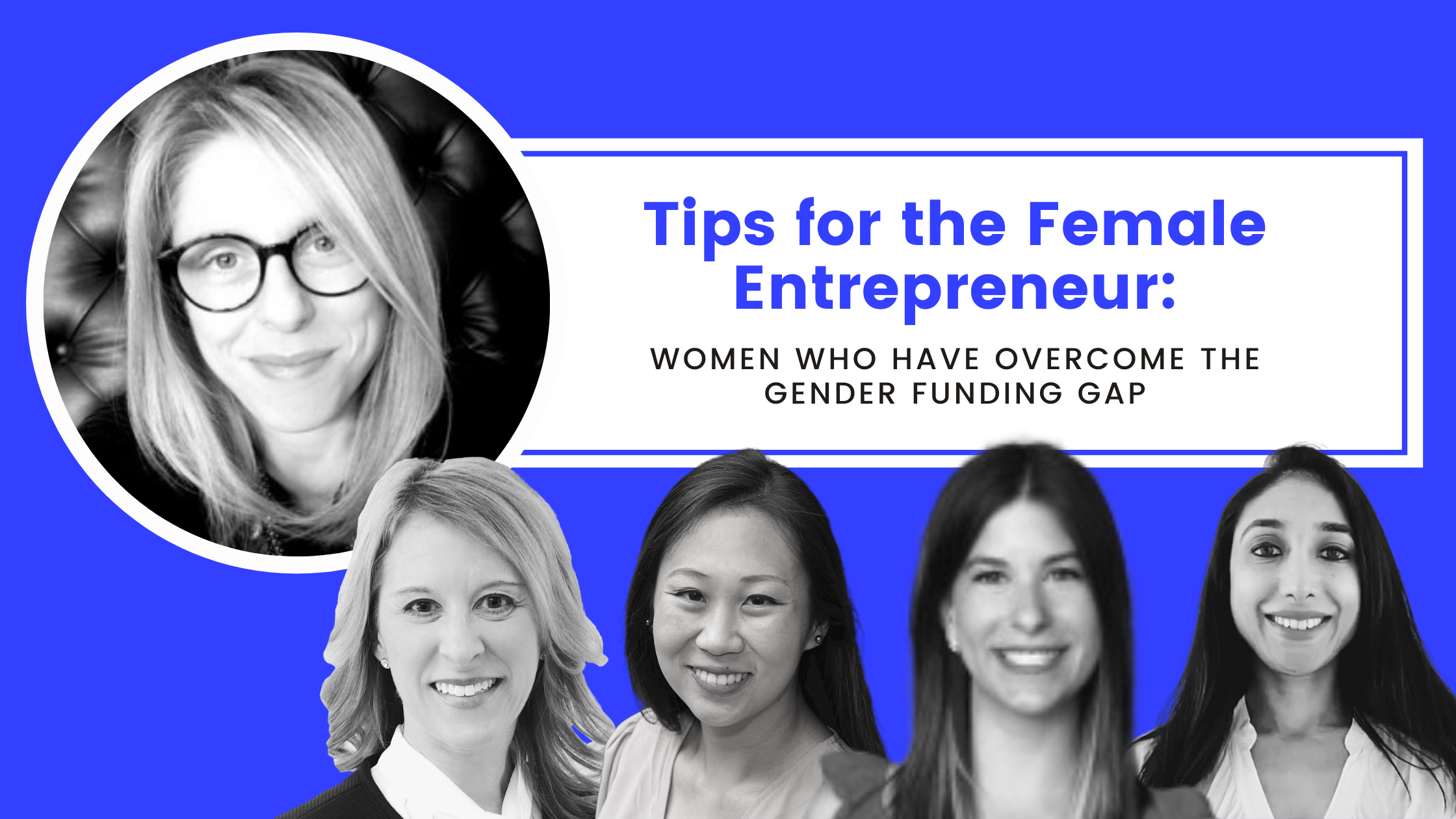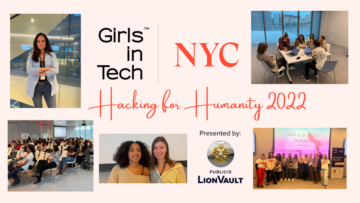With the first article of this series, we introduced you to the problem of the Gender Funding Gap, along with some daunting statistics like female entrepreneurs, on average, receiving $1 million less in early stage funding than male entrepreneurs (despite delivering 2:1 in terms of ROI compared to those male entrepreneurs) and all-female founding teams receiving a mere 2.8% of all venture capital dollars in the US throughout 2020. While the going can certainly be rough, some women have managed to bridge this gap and acquire the funding they needed to start their companies. We reached out to a few of them, and here are their stories.
The Bootstrapper
Meet Jaime Klein, founder and president of Inspire Human Resources.
Jamie noticed that companies often experience HR service gaps but either can’t afford or don’t have the volume for a full-time HR resource. She conceived of a team of “HR Ninjas” that could step in and fill that void without the company having to hire additional personnel.
To get off the ground, she went to Vistaprint and made $50 worth of business cards, roped an old friend into developing her website, and borrowed $1,500 from the family savings account.
With this approach, Jamie managed to achieve organic growth without taking on debt from external investors. She says, “It’s just the way I’m wired. I don’t like things hanging over my head.” However, that isn’t the approach she now advocates. Jamie went 15 years before she pulled her first line of credit, and to this day, she’s never used it. Her advice: “Please take a line of credit. The perfect time to take a line of credit is when you don’t need it. Take a line of credit as soon as you can show positive signs of growth.”
Funding Focused
Next up, we have Neeta Shah, founder at Startup CFO Solutions, an organization that provides Fractional CFO services to startups, enabling them to raise funds and scale their businesses to achieve valuation goals.
Neeta says that, if you decide to seek out Angel or Venture Capital funding, it is important to know the ecosystem you’re navigating and where you are within that ecosystem. You need to know not just what’s happening with startups, but also the state of the market overall: What’s happening with liquidity in the system? Where is government funding going, both in the US and Internationally? “We are in a seller’s market with PE Ratios currently at an all-time high, so you should be getting a good price for your equity.”
She says that 60% of startups are funded through personal savings, which isn’t ideal but is often necessary to get off the ground. “Less than half a percent are funded by VCs, but those companies almost always have to find Angel funding first. What’s often missing is: What’s your mission? What’s your end goal? You have to know your target audience and positioning, but these factors are driven by your long-term goals, which, in turn, drives your business and sales strategy.” She warns not to underestimate the cost of your salary and what it costs to live. “In the investment arena, everything comes down to how comfortable you are with risk. Everyone’s situation is different.”
The Kickstarter
Finally, we have Jane Dong and Heather Eaton, cofounders of Frankly Apparel, a startup that sells innovative bra-less clothing. They saw an opportunity to solve the problem of the ever-uncomfortable bra by ditching the undergarment entirely.
The duo was able to raise $53,000 through Kickstarter, well over their goal of $25,000. They explained that their product is very capital-intensive, and this funding allowed them to cover their entire inventory run, while granting them the flexibility to take risks and make mistakes they otherwise couldn’t have afforded. “People are much more forgiving than your average institutional investor, so crowdfunding was ideal for us. We used our campaign as a go-no-go of sorts, and it proved that customers would purchase our products at that price.”
We asked what people should know before setting off into the crowdfunding arena, and they said they went with Kickstarter because it is ahead of the pack (vs. IndieGoGo, Ifundwomen, etc.) in terms of audience and brand trust, but there are caveats that you’ll want to anticipate:
First off, Kickstarter is male-dominated from an audience standpoint. “You see a lot of middle-aged men that are probably looking for backpacks. Not exactly the ideal candidate for investing in women’s apparel, but we got a lot of, ‘I can’t personally relate, but I mentioned this to my wife last night and her eyes lit up.’”
Secondly, people should also be aware that this isn’t just free money. There’s a significant upfront investment required to launch a crowdfunding campaign. “We prepared for three months and spent a few thousand dollars, but you have to look professional to be taken seriously. You also have to be willing to step outside of your comfort zone and know what your goals are. Some people lose money on Kickstarter, so it isn’t a slam dunk. We knew that, if we didn’t do this, we weren’t going to survive. This is where you find your passion.”
Crowdfunding can only take you so far, so after their launch, they started looking for consumer Angel investors to take their business to the next level. Their main takeaway so far is that this is more of a networking/relationship-building game than crowdfunding, which makes it more intimidating. “We read that the founder of Peloton was told no by over two thousand investors. That got us through some of the harder times. The thing is, it’s ok. To start something you have to look a little crazy. A little contrarian.” Not every VC or Angel is going to be a good fit, but everyone they’ve met has been kind and helpful. The experience has allowed them to make connections with people in the industry who have given advice and helped them develop their business model.
Moving Forward
Where we currently stand, there is a long way to go before the investment climate can be considered an equitable one, but female entrepreneurs simply cannot afford to wait around for the Gender Funding Gap to be closed before they start their businesses. Despite the formidable challenges awaiting them, women founders are finding creative ways to acquire the funding that they need. We hope that reading about the trials and successes of women who have managed to navigate this space will provide insight for those women out there hoping to become entrepreneurs themselves.
If you haven’t joined Girls in Tech NYC yet, what are you waiting for? Sign up here for the latest from our community!
This post was written by Catherine Sugarbroad, voluntary board member at Girls in Tech NYC.






